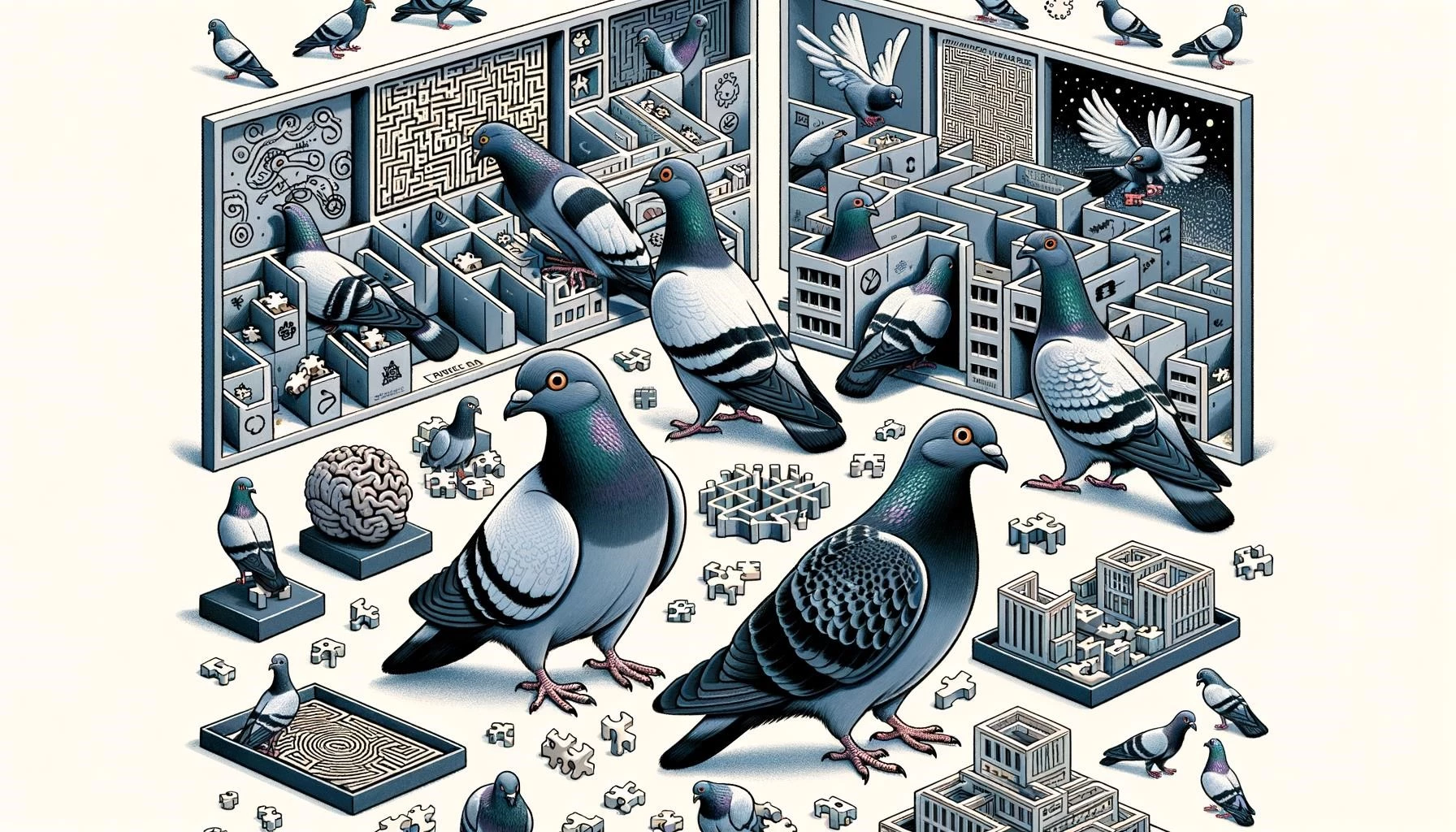The Budapest Tumbler is a breed of fancy pigeon developed through selective breeding, primarily for its aesthetic appeal and unique flying capabilities. It is a direct descendant of the rock dove (Columba livia) and shares its lineage with other domesticated pigeon varieties. The breed is characterized by its short face, small beak, and large, frog-like eyes, which give it an almost caricature-like appearance.
History and Origin
The Budapest Tumbler was created in Budapest, Hungary, with the breed’s development attributed to the selective breeding efforts of pigeon enthusiasts seeking a high-flying bird with endurance and a distinctive look. The breed gained prominence in the early 1900s, thanks to the Poltl brothers, who were among the pioneers in developing the breed’s unique characteristics for both aesthetic and performance purposes.
Key Data
| Characteristic | Detail |
|---|---|
| Origin | Budapest, Hungary |
| Breed Group | Fancy |
| Conservation Status | Common |
| Weight | 5 to 7 ounces |
| Recognized Colors | Blue, Grizzle, Stork |
| Unique Features | Short beak, bulging eyes, triangular head |
Physical Description
The Budapest Tumbler is a small to medium-sized pigeon, weighing between 5 to 7 ounces. It has a distinctive “stove-pipe” shaped neck and a short, straight, black beak. The breed’s most notable features are its large, bulging eyes, which resemble those of a frog, and a third bulge that protrudes from the back of its skull, giving it an “extraterrestrial” appearance. The Budapest Tumbler is typically found in three recognized colors: blue, grizzle, and stork (a white bird with traces of gray-black on several primaries and the tail).
Breeding Challenges
Breeding Budapest Tumblers presents several challenges, primarily due to their unique physical characteristics. The breed’s short beak and large eyes make it difficult for chicks to hatch from their eggs, as they cannot easily chip away at the eggshell. Breeders often have to intervene and assist in the hatching process to prevent the chicks from dying of exhaustion. Additionally, the small beak complicates the feeding process, necessitating hand-feeding or fostering by pigeons with longer beaks. Despite these challenges, breeders find the effort worthwhile due to the breed’s rewarding nature and distinctive appearance.
Flying and Performance
Originally bred for high flying and endurance, the Budapest Tumbler is capable of flying for up to 5 hours without breaks and covering distances of around 800 kilometers. While their flying capabilities are impressive, it is their unique look that often draws more attention today. The breed’s flying and tumbling abilities, combined with its distinctive appearance, make it a favorite among pigeon fanciers and breeders.
Interesting Facts
- The Budapest Tumbler’s unique appearance, with its short beak and bulging eyes, has led to comparisons with caricatures and even fictional characters like E.T.
- The breed’s challenges in hatching and feeding have necessitated innovative breeding practices, including meticulous record-keeping and the use of foster parents from long-faced pigeon breeds.
- Despite its rarity and the effort required for breeding, the Budapest Tumbler remains a popular choice for pigeon shows and exhibitions due to its distinctive appearance and the active participation it allows breeders in the birthing process.
The Budapest Tumbler stands out not only for its peculiar and endearing appearance but also for the dedication and passion it inspires among pigeon breeders. Its history, physical characteristics, and the challenges associated with breeding this unique pigeon breed make it a fascinating subject for both pigeon enthusiasts and those new to the world of fancy pigeons.






